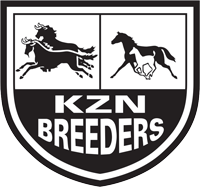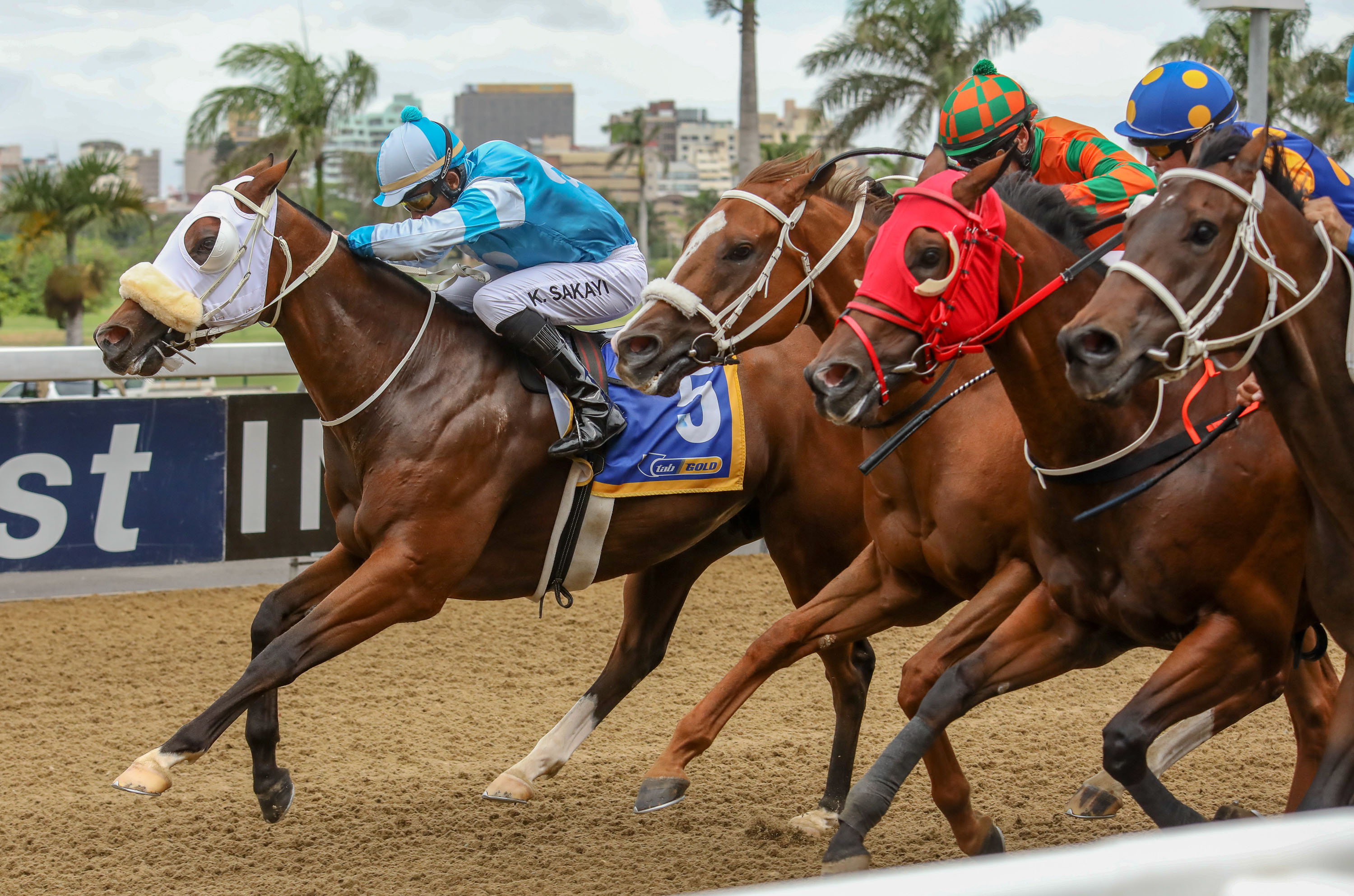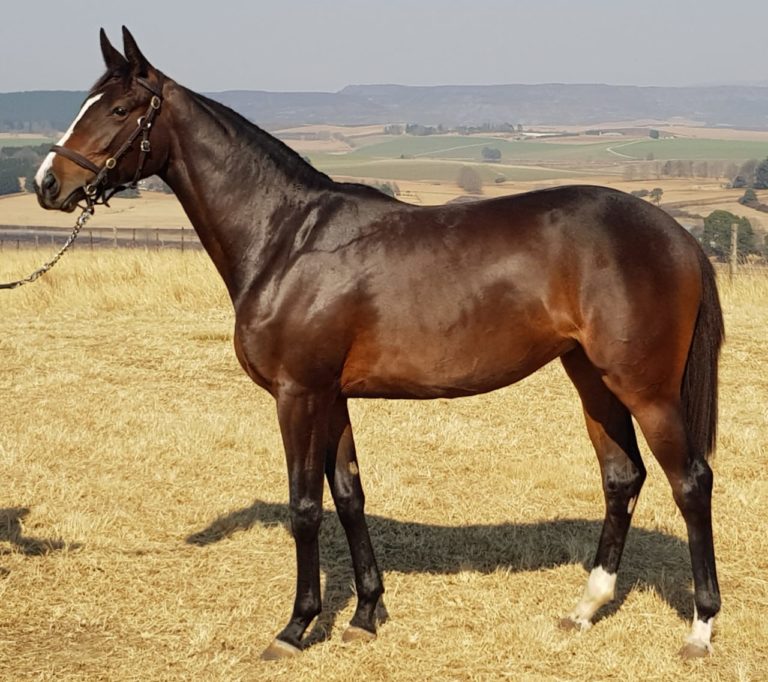Passing Of Alan Sutherland
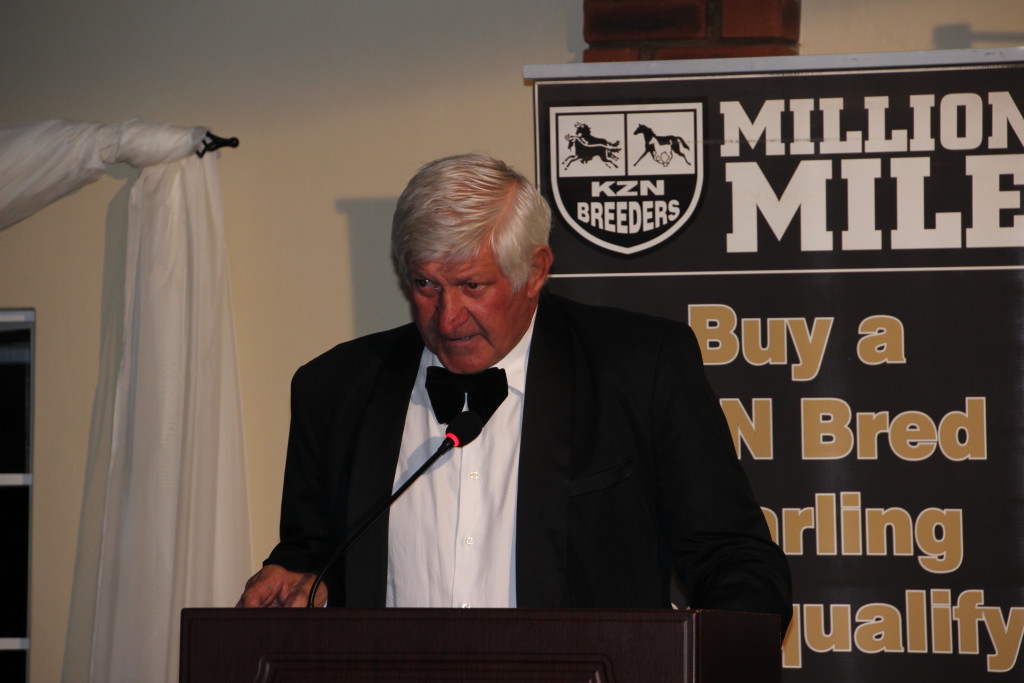
PROMINENT South African breeder and erstwhile New Zealand rugby player Alan Sutherland of Somerset Stud, Mooi River, passed away on Monday after a short battle with cancer. He was 76. Alan married Vera (Johns), a Miss South Africa in her day and together they had Somerset Stud.
Here is a profile of Sutherland, written for The Citizen in June 2010 by Charl Pretorius.
ALAN Sutherland was never going to be a famous New Zealand rugby player. He didn’t even touch a rugby ball at school. He wasn’t to become a thoroughbred racehorse breeder in his native land and South Africa either. Yet on life’s unpredictable roads Alan’s journey took him via the mighty All Black rugby team, into the heart of a former Miss South Africa and later to the beautiful hills and valleys of Mooi River, where he established Somerset Stud Farm.
The farm boy from Blenheim, district Wellington in Kiwi Land left school at 15 and drifted around in the suburbs of the city with a sound knowledge of sheep, cattle, soil and the art of milking cows.
Three years later, hanging out with mates over a few lagers, one casually suggested that Alan should try out at the local rugby club. He stood well over six ft tall and 115kg in his size 10s, and had a massive pair of hands.
In his first few club matches Alan didn’t really have a preference for positions either, playing at lock and eighth man. What mattered was that he thoroughly enjoyed this rough and spirited ball game. It was only a matter of time before cries of surprise and delight rang from the highest offices of New Zealand rugby. “Where have you been hiding, matey!?”
Alan fitted perfectly into the mould of the traditional All Black forward. Hard-as-nails and strong as an ox yet skilful, mobile around the pitch and hard to stop when in full cry. He was chosen at lock for the legendary All Black team of 1970. This fearsome bunch was led by Brian Lochore and included the likes of winger Bryan Williams, scrumhalf Sid Going, halfback Chris Laidlaw and a loose trio alternating members among Lochore, Ian Kirkpatrick, Alex Wylie and Alan himself.
Alan had excelled at eighth man, where his towering frame became invaluable in the lineouts. His pace around the scrum and his crashing defence play made him the first choice in this position ahead of the team’s regular, Lochore, strategically moved to lock to retain his captaincy of the squad.
“I played very well against the Springboks in 1970,” Alan recalls of his first tour to South Africa. The pitches were like concrete and the Boks had an advantage. We’d known softer pitches in New Zealand. They beat us in the first Test match at Loftus Versfeld and we went into the second Test with dented pride.
“Whether fair or by foul, we had to restore our reputation and we ran onto the field almost blinded with drummed-up courage. This must have been one of the toughest rugby test matches ever played. Bones cracked and blood spattered everywhere during the course of it. The referee had his hands full.

“The Boks landed a few punches, we returned the same. There was a lot of cursing and blood and several players left the field with injuries.”
Known as ‘The Test of 22 Stitches’, the injuries included a loss of two teeth by Bok winger Sid Nomis courtesy of a Fergie McCormick elbow, a deep cut to hooker ‘Piston’ van Wyk’s forehead, McCormick’s scalp and Ian Mcrae’s hand and an even bigger gash to Alan’s face.
“By the time I was treated there was no aneasthetic left, so the medic asked if he could stitch me up cold. I should never have agreed, because it felt like someone drove a nail into my face with a hammer,” Alan recalls.
The All Blacks got their revenge, winning by a late penalty, but the Springbok team would take the series 3-1 with a narrow win in front of 80 000 spectators at Ellis Park several weeks later.
“Despite our rivalry on the field we were mates off the field,” he fondly tells. “In those days the players weren’t bound by strict rules like they are today. We had a huge party after each provincial or international match. In the modern era the players are whisked away to the airport after they’ve showered!”
Alan made good friends among the Springbok players of the era. He had plenty of respect for the gargantuan Springbok lock Frik du Preez (“as fast and strong as they come and a very fair player”) and took a particular liking to prop forward ‘Tiny’ Neethling.
“The South African forwards were awesome. There were guys like ‘Mof’ Myburgh, whose head alone seemed as big as an ordinary-sized man! When we played Northern Transvaal at Loftus the media dubbed it the ‘fifth test’. Their forward pack was terrifying. They pushed us back so far in each scrum it felt like we were in speedy reverse gear. I was told to get that ball out of the oven as soon as I possibly could!”
Alan returned to South Africa as a member of the 1976 All Blacks, a tour marked by political controversy at the pinnacle of apartheid. He was plagued by a knee injury and feels he performed below his best. “I lied about the extent of the injury so I could be picked for the test matches,” he recalls.
During the course of this tour he met Vera Johns, Miss South Africa of 1975, in a Durban hotel. “I thought she was Anneline Kriel, another former Miss SA,” he laughs. He fell in love with Vera all the same and when he returned to New Zealand this time it was to wrap his home affairs so he could move to South Africa to be with his new girlfriend.
They were married in 1980 at a time when Alan was appointed coach of the then Rhodesian National Team. He later took up a post as head coach at Wits University and took them from the lower ranks to the A League.
Simultaneously he held down a job at a packaging company, at which he received a surprise office call one morning.
“It was a courtesy call from my friend Chris Smith, the late Durban-based bloodstock. He happened to mention that breeder Roy Meaker was in the process of selling his stud farm in Mooi River. A light went up. I decided right there and then I would be a farmer again, and having owned and bred a few racehorses in New Zealand I considered this a great opportunity for a career change. I made more inquiries, jumped on a plane the next day and sealed a deal with Meaker.”
Alan named his farm Somerset Stud and launched himself vigorously into the breeding of racehorses. He studied pedigrees and matings with the help Of New Zealand’s world famous breeder Patrick Hogan and in due course became a considered shrewdie, especially with his selection of broodmares.
He found in Ireland a half-sister to a English 2000 Guineas winner, followed by many more local and international value buys including Lady Ellen, the dam of Holyfield and Barellen, Northern Banner (Teal), Nabat (Taban) and Amazing Grace, dam of the ill-fated Son Of A Champ, the colt former champion trainer Terrance Millard described as one of the best he’d ever trained.
“I bought Son Of A Champ’s dam Amazing Grace for R100 000. I wanted her so badly I opened the bidding at 100k and got her rightway. It was a record bid for a broodmare at the time.”
Alan also bought and sold on the dams of international superstar Ipi Tombe and more recently US stakes Gypsy’s Warning and record-holder Hear The Drums.
On the stallion front, he invested wisely too. He never found a superstar, but relative ‘cheapies’ like Our Casey’s Boy, Gallic League, Alami and Shalford produced among them countless handicappers and stakes winners.
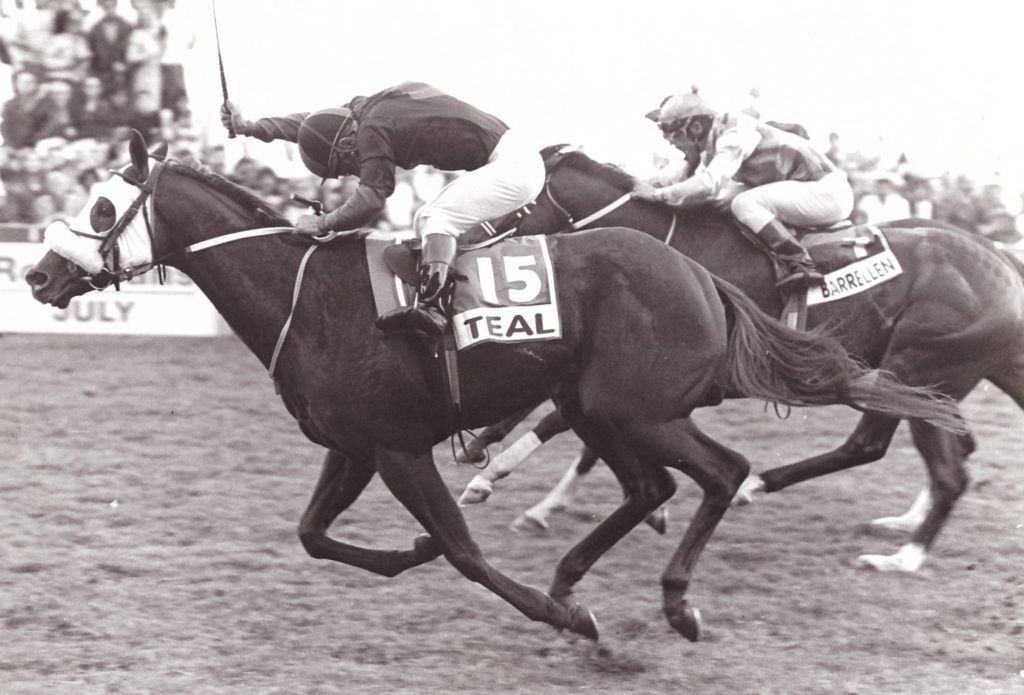
The story of Alan’s home-bred ‘pony’, Teal, continues to amaze. Born from the 1990 mating of average-sized stallion Foveros and the diminutive mare Northern Banner, Teal was predictably a small specimen. Nobody wanted him. Allan had failed to sell the tiny yearling at three sales and finally took him to the Ready-To-Run Sale, where trainer Patrick Shaw agreed to have a look at what was always going to be a giveaway.
Allan remembers: “Johnny Geroudis was going to ride Teal for Patrick to get a feel, but he didn’t make it and a groom had to ride him. Teal threw off his rider and came storming down the track. I thought he would go through the fence and that was the last straw. He had a massive stride for such as small horse, he was well conformed, but I’d had enough. I gave Patrick half of Teal and asked him to take colt to his stables at Randjesfontein so we could race him in partnership.
“Some time later Patrick phoned to say that Teal was showing surprisingly good work and if I wanted to sell my shares to one of his new patrons. I didn’t think too long and sold my share to newcomer Dan Botes for R60 000. The rest is history.”
Teal confirmed his promise with a string of seconds before hitting a purple patch, winning three prestigious Grade 1’s in a row – the SA Guineas, Daily News and finally the 1995 Durban July in which he defeated another Somerset Stud graduate Barrellen.
Alan laments: “I made good money from the KZN breeders incentives and it was a proud moment to have bred a 1-2 in the July, but even today I can kick myself for my stupidity. I should have kept my share in that little rat!”
Somerset Stud’s tremendous run of success in the 1990s was followed by a steady flow of winners into 2000 and beyond, but it has slowed down in recent years and Alan says: “One needs plenty of luck in breeding, especially if you’re importing stallions. Everyone knows that if a stallion doesn’t perform in his first season at stud, he’s on the back foot immediately. There are no second chances.
“In the 1980s I imported Imperial March, whose first crop was disappointing. He produced a top sprinter in Imperial Silver in his second season, but by then he was out of favour. We now have King Of Kings and Pissaro, both promising. Pissaro has done well considering the mares he’s covered. King Of Kings has alrady two juvenile winners and several close second. This is a good sign, as he is considered a stallion whose progeny will perform at three and older. I am happy that Somerset Stud has come out on top after all these years. All our stallions have done the job on their own or as good broodmare sires.
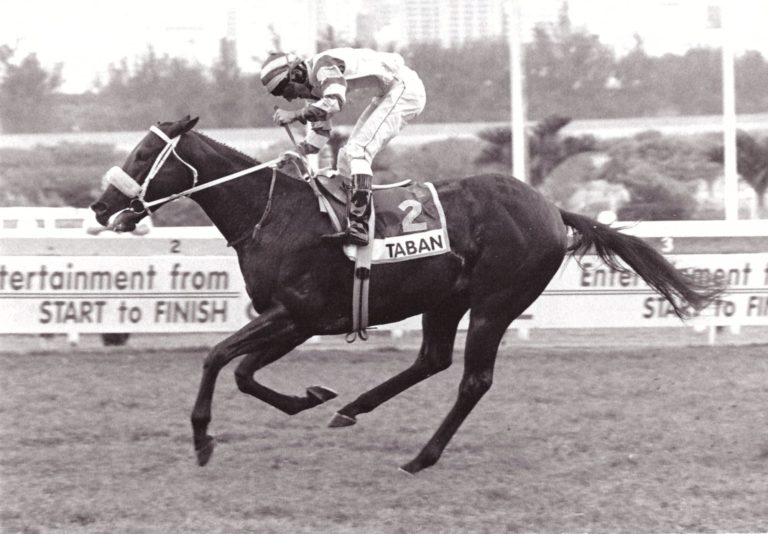
“Things are hard for smaller breeders today. We have to compete in a market entered by wealthy businessmen with big investments who can buy the best stallions and mares. The small guys breed to sell and we need those profits to move forward, but we’re up against big money and buy-backs.”
Alan has reached a point where the quality of life has become most important to him. He has reduced his broodmare band to 15 and while he will still breed on a small scale, he hopes to relax and travel more in the next stage of his colourful life.
“I am fortunate that most of my close family members are still alive, I’d like to play more golf and spend more time with them in New Zealand. We’ve worked hard and we’ve enjoyed our many thoroughbreds. I pray that South African racing can shift more focus on the horse, the animal itself, because all people love horses and this is how racing will reach them. Let’s promote the horse!”
Alan laughs at the notion that he’s abrupt and ill-mannered. He says: “Well yes, there are people who don’t like me because I am outspoken and rude. There are trainers like Mike de Kock, Joey Ramsden and Vaughan Marshall who have learnt to stomach my abuse by throwing they throw some back at me. I guess I am a brute, I am rude.”
Does the big man have a soft side? “Yes,” he answers, “but I never want it exposed!”
Photo of Alan Sutherland by Candiese Lenferna.
-extract turftalk.co.za

